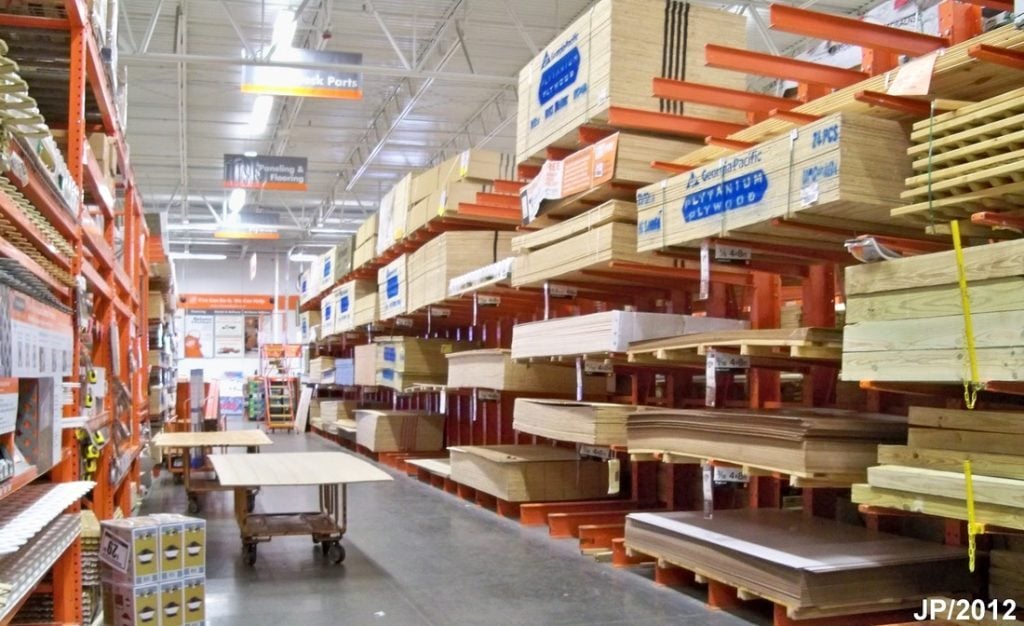Home builders are struggling with shortages of materials they need to finish their projects, including wood paneling, ceiling joists and pipes. Faced with the prospect of delayed schedules, they’re racing to find substitute materials instead, but that process is adding to their costs.

The Wall Street Journal reported this week that supply shortages have dogged the home building industry all year. Over 90% o builders say they have had to deal with shortages of framing lumber, plywood and oriented strand board, which is a special engineered wood used in home construction. They’ve also faced shortages of things such as home appliances, and also doors and windows.
The winter storms in Texas earlier this year hindered the supply of several key building materials. In response, Straub Construction, a small home building firm based in Shawnee, Kansas, sourced alternative insulation materials to finish some of its homes. The storm made it impossible for the company to get hold of the petroleum-derived roof insulation boards it normally used. However, by switching to another product it added a whopping $20,000 to the cost of construction of two apartment buildings. But the alternative would have been to wait six to nine months for the boards it needed.
“I’ve been in the industry for 30 years and never seen anything like this,” Parker Young, president of Straub Construction, told the Journal.
Builders across the U.S. have become more willing to pay higher prices for substitute materials rather than delay their projects. They fear they could lose more due to lost sales if they don’t finish their constructions in time. On the other hand, they are now opting to rent construction equipment to improve their cash flow because they aren’t required to make any capital investments and other associated expenditures. Those who already bought construction equipment may sell them to used equipment buyers once their projects are completed.
The shortage of building materials is compounded by heightened demand for new homes since the COVID-19 pandemic. The ability of many thousands of Americans to work remotely led to a deluge of home sales as people moved away from urban centers to more desirable areas. At the same time though, the pandemic resulted in many factories and suppliers temporarily shutting down. Since then, those suppliers have had a hard time catching up due to the high demand and other pandemic-related challenges.
The uncertainty over the availability of materials has made it harder for builders to price their homes too.
“We’re just concerned that this is not going to get any better right now,” Tony Rader, vice president of National Roofing Partners in Coppell, Texas, told the Journal.